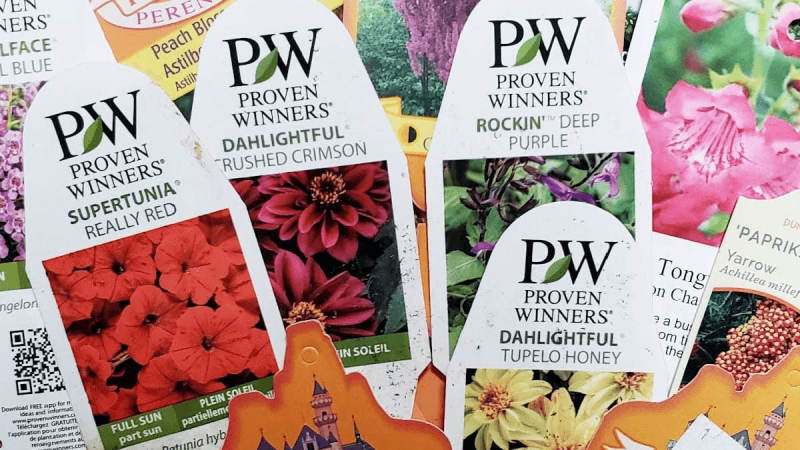A patent is a document that gives the owner of an invention exclusive rights for a certain time. Patents are for new and industrially applicable inventions. Patent application is made by submitting the necessary documents to the relevant institution.
First patent on living things
The first patented living thing in the world was a type of bacteria in the USA in 1980. This genetically modified bacterium to clean up oil pollution provided its owner with special rights for a certain period and paved the way for living things to be patented.
Breeders’ rights regarding new plant varieties
Patenting in plants is a system developed by plant breeders to protect new genotypes, that is, new varieties. With this process, defined as registration, all rights arising from the production, sale, and commercial use of the new variety are allocated to the breeder person, organization, or company under the name of intellectual property right, breeder’s right, or royalty.
When were breeders’ rights established?
As early as the 19th century, the idea that the breeder should have a right to improve the plants started to be put forward. However, during that time, no income was expected from the varieties developed by universities and public research institutions in the USA as universities and research institutions engaged in plant breeding were considered to be performing public duties. When the private sector got involved in plant breeding and started to develop new varieties around 1930x the “PLANT PATENT LAW” was enacted for flowers such as chrysanthemums propagated by cuttings (not seeds!). In 1952, the “PLANT VARIETIES PROTECTION LAW” was enacted for seed plant varieties. The issue here is the registration of a new genotype developed in the name of its breeder. While a series of registration-related conditions were met, the new variety provided a series of advantages to its breeder. For example, that variety cannot be marketed as seed or production material by someone else. These rights are known as “breeder’s rights” (royalty).
Improving technologies will bring new concepts to daily life, language, and naturally, law. The successes achieved first in seed technology and then in agricultural biotechnology played a key role in feeding the rapidly increasing population. The most striking figure is that the corn yield, 200 kg/da in the 1920s, reached 800 kg/da in the 2020s. The successful use of genetics by plant breeders played a major role here.
Patent period in biotechnology
With the introduction of biotechnology in the 1990s, genes not previously found in the plant’s environment came into our lives by transferring them from other species (GMO = Genetically modified organisms). While the world transgenic (GMO) crop cultivation area will reach 190 million hectares in the 2020s (15% of the total cultivation area), 36% of the commercial seed market belongs to this category. Tens of thousands of agricultural biotechnology patents have been obtained for transgenic varieties.
Thus, unauthorized cultivation of a variety developed abroad can be prevented, in other words, breeder rights payments can be guaranteed. On the other hand, local plant breeders will be able to benefit individually (those who breed in official research institutions!) and institutionally, both at home and abroad, from the added value provided by the new variety they have developed. Thanks to these practices, breeders obtain resources for the breeding of new varieties with the income of the varieties they developed, and breeders can thus obtain new varieties that are more resistant to diseases, higher quality, safer, and more productive. With the protection system of plant varieties, the development of these features is encouraged and the rights of breeders who develop varieties are also protected by this system.
Patent infringement
Breeding rights infringements began in the USA, where rights were first enacted. THE PLANT PATENT LAW, which came into force in 1930, was mainly aimed at practices related to vegetatively propagated cut flowers such as chrysanthemums, gerberas, carnations, and roses. Following the implementation of all regulations regarding “breeders’ rights”, international organizations became members and thus it was adopted that the production and trade of registered varieties, which were protected, could not be carried out without royalty agreements. However, violation of law, common to every sector, is also encountered in agricultural production and exports.
Naturally, cases such as abuse and violation of patent rights are monitored by a series of organizations established at the international level, as well as by national regulations. The following organizations stand out among these organizations: U P O V (International Union for the Protection of New Varieties), WIPO (World Intellectual Property Rights Organization), TRIPS (Commercial Intellectual Property Rights Organization), CPVO (EU Community Plant Varieties Office) and PVPO (Plant Varieties Protection Office).































